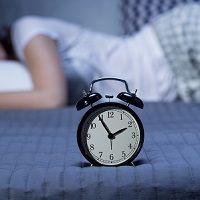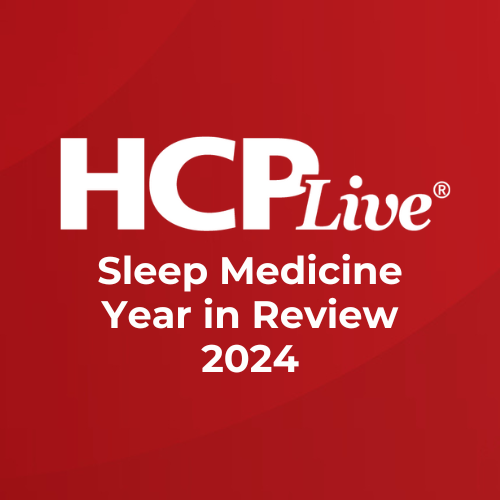Article
Dream Experiences Shed Light on Neurophysiology of Narcolepsy
Author(s):
In a new study, investigators found that sleep-onset REM period sleep dream experiences are organized as hierarchically ordered sequences of events.

The details of daytime dream experiences could be crucial in learning more about patients who suffer from narcolepsy.
A team, led by Carlo Cipolli, Department of Experimental and Diagnostic and Specialty Medicine at the University of Bologna, examined 30 drug-free cognitively intact adult patients with narcolepsy type-1 to assess the frequency of dream experiences developing during naps using the Multiple Sleep Latency Test (MSLT) and story-grammar analysis.
These methods enabled the investigaotrs to establish the structural organization of dream experiences developed during naps with sleep-onset REM period (SOREMP) sleep compared with their dream experiences during early and late-night REM sleep.
In the study, each patient was asked to report dream experiences developed during each MSLT nap, while 10 of the patients also spent voluntarily a supplementary night being awakened during the first and third-cycle REM sleep.
Patients provided dream reports, white dreams, and no dreams, whose frequencies were matched in naps with SOREMP compared to non-REM sleep.
Dreams were recalled in detail by narcolepsy type-1 patients after 75% of naps with SOREMP sleep and after 25% of naps with NREM sleep based on dream reports.
Also, 8 of the 10 patients who volunteered for the supplemental night provided dream reports after both awakenings from night-time REM sleep.
When the investigators analyzed the data using story-grammar rules, they found that SOREMP dream experiences are organized as hierarchically ordered sequences of events. These dreams tend to be longer and more complex in the first and fourth SOREMP-naps and are comparable with night-time REM dream experiences.
Last year, the US Food and Drug Administration (FDA) approved solriamfetol (Sunosi), the first dual-acting dopamine and norepinephrine reuptake inhibitor (DNRI) approved to treat excessive daytime sleepiness in adults with narcolepsy or obstructive sleep apnea (OSA).
The once-daily drug from Jazz Pharmaceuticals is approved with doses of 75 mg and 150 mg for patients with narcolepsy.
The approval of solriamfetol is based on data from the Treatment of Obstructive sleep apnea and Narcolepsy Excessive Sleepiness (Tones) phase 3 clinical program, which included 4 randomized placebo-controlled studies that demonstrated the superiority of the drug relative to placebo.
Sunosi was evaluated in more than 900 adults with excessive daytime sleepiness associated with narcolepsy or OSA and was shown to maintain its effect relative to place after 6 months of use.
In the 12-week clinical studies, approximately 68-74% of patients taking a 75 mg dose of solriamfetol and 78-90% of patients taking the 150 mg dose reported improvement in their overall condition, as assessed by the Patient Global Impression of Change scale.
Additionally, at week 12, narcolepsy patients taking 150 mg and all OSA patients on the therapy demonstrated improvements in wakefulness compared to placebo as assessed in test session 1 (approximately one-hour post-dose) through 5 (approximately 9 hours post-dose) of the maintenance of wakefulness test.
Learning more about the nature of narcolepsy could pay dividends in finding new therapies and medications to treat the disease.
“The similar structural organization of SOREMP-[dream experiences] with night-time REM-[dream experiences] indicates that their underlying cognitive processes are highly, albeit not uniformly, effective during daytime SOREMP sleep,” the authors wrote. “Given the peculiar neurophysiology of SOREMP sleep, investigating SOREMP-[dream experiences] may cast further light on the relationships between the neurophysiological and psychological processes involved in REM-dreaming.”
The study, “Structural Organization of Dream Experience During Daytime Soremp Sleep of Patients with Narcolepsy Type 1,” was published online in Sleep.





